Update: The reader Andreas Schröder has changed the project a little and supplemented some functions. You can find the text and sketch at the end of the post.
Many radio stations can be heard as a MP3 stream over the Internet. Since the microcontroller ESP32 has WLAN skills on the one hand and, on the other hand, can convert the digital data stream into an analog signal with two built-in digital/analog converters, it offers itself as an ideal solution. In addition, a battery power supply, an audio amplifier, two speakers, a display for the transmitter display and an input device for the transmitter setting is required. The whole thing is rounded off with a housing from the 3D printer.
Required hardware
| Number | Component | annotation |
|---|---|---|
|
1 |
|
|
|
1 |
|
|
|
1 |
|
|
|
2 |
Resistance 4.7 KOHM |
|
|
2 |
Resistance 22 KOHM |
|
|
1 |
Resistance 10 kohm |
|
|
1 |
Elko 1000UF / 10V |
|
|
1 |
|
|
|
1 |
|
|
|
1 |
|
|
|
1 |
|
|
|
1 |
|
|
|
1 |
|
|
|
2 |
Spring strips 19-pin |
|
|
1 |
Park bar 3-pin |
|
|
1 |
Park bar 4-pin |
|
|
1 |
Pin bar 5-pin |
|
|
2 |
Turntons for 6mm axis |
|
|
Several |
Jumper cable female too female |
|
|
1 |
|
|
|
1 |
|
|
|
1 |
|
|
|
various |
|
circuit

Important!
If the Rotary Encoder is not used, the PIN 34 of the ESP32 must still be connected to the 10 co-cock resistance with 3.3V.
The ESP32 is built up on a 50x70 mm hole grid plate with the resistances and pen strips for the periphery.

The figure shows the assembly and wiring on the underside
wiring
First of all, the loader's battery connection is connected to the input of the DC-DC Step Up converter. Note the polarity! The battery is also soldered via a suitable connector with the battery input of the loader. Now the output voltage of the converter with the blue potentiometer should be set to approx. 5.2 V. To do this, either a battery must be connected or the loader's USB input must be connected to a USB network.
If the voltage is set, the output of the converter can be connected to the supply receipt of the audio amplifier. There are two soldering points on the back of the amplifier, the plus connection is switched over the switch of the volume potentiometer.

This connection is used to supply the ESP32 and the display so that the device can be switched off completely via the potentiometer.
Now the connections to the control board can be made on the hole grid plate. It is best to use jumper wires with two female plugs. You need a 3-pin connection from the audio output to the amplifier, a 4-pin to the display and a 5-pin to the Rotary Encoder.
Important NOTE!
The loudspeakers should not be attached or staked out when switched on, since inductive tension peaks could destroy the amplifier outputs.
If the housing presented in the blog post is used, battery, loader, DC/DC converter and the control board come to the baking tarpaulin. The speakers, the amplifier, the Rotary Encoder and the display come to the front tarpaulin. The lid is used to secure the battery.


software
In order for the sketch to be compiled, the Arduino IDE must be prepared accordingly. By default, Arduino IDE supports a large number of boards with different microcontrollers, but not the ESP32. So that you can create and upload programs for these controllers, a software package for the support must therefore be installed.
First you have to communicate the Arduino IDE where you can find the additional data required. To do this, open the Preferences in the File menu. In the preset window there is the input field called "Additional board administrator URLS". If you click on the icon to the right of the input field, a window in which you can open the URL https://dl.espressif.com/dl/package_esp32_index.json for the ESP32 can enter. Version 2.0.0 or higher of the ESP32 package should not be used for this project, since these versions have problems related to the ESP8266audio library!
Now choose the board management in the Arduino IDE under tool → board.
A window opens in which all available packages are listed. In order to narrow down the list, you enter "ESP32" in the search field. Then you only get an entry in the list. Install the "ESP32" package.

For the display you need a library that can be installed via the Arduino library management. This is the library "Liquidcrystal I2C".

Another library is required for the Rotary Encoder. Her name is "Aiesp32rotary Coder".

The core of this project is the library "ESP8266audio".

This library enables various digital input currents to be read, decoding and reproducing them using various output channels. As an entrance, the program memory, the internal RAM can be used by an SD card, an HTTP stream or an ICY stream. The icy stream is typically used by internet radios.
WAV, MOD, MIDI, Flac, AAC and MP3 files can be decoded. MP3 is required for the web radio. The output can finally be made in memory, files or I2S. There is a special feature for the ESP32. The I2S Output can be output on the internal digital analog converter. An analog stereo signal is then available at the output pins of the DAW (PIN 25 and PIN 26). This feature is used in the present project.
If all libraries are installed, the sketch can be compiled and uploaded to the hardware.
The sketch
#include <Wifi.H> // Includes from ESP8266audio #include "AudioFileesourceiSstream.h" // input stream #include "AudioFileesourcebuffer.h" // input buffer #include "Audiogeneratormp3.h" //decoder #include "AudioOutPuti2s.h" // output stream // Library for LCD display #include <Liquidcrystal_i2c.H> // Library for Rotary Encoder #include "AiesP32rotaryScoder.h" // ESP32 Library to Save Preferences in Flash #include <Preferences.H> // WLAN Access Fill with your credentials #define SSID "************" #define PSK "*************" // Used pins for Rotary Encoder #define Rotary_encoder_a_pin 33 #define Rotary_encoder_b_pin 32 #define Rotary_encoder_Button_pin 34 #define Rotary_encoder_vcc_pin -1 /* 27 PUT -1 of Rotary Encoder VCC IS Connected Directly to 3.3V; Else you can use declared output pin for powering rotary encoder */ // Depending on Your Encoder - Try 1.2 OR 4 TO GET Expected Behavior //#define rotary_encoder_steps 1 //#define rotary_encoder_steps 2 #define Rotary_encoder_steps 4 // Structure for Station List type struct { char * url; // stream url char * Surname; // station name } station; #define Ward 24 // Number of Stations in Tzhe List // Station List Can Easily Be Modified to Support Other Stations station wardlist[Ward] Progmem = { {"http://icecast.ndr.de/ndr/ndr2/niedersachsen/mp3/128/stream.mp3","NDR2 Lower Saxony"}, {"http://icecast.ndr.de/ndr/ndr1niedersachsen/hannover/mp3/128/stream.mp3","NDR1 Hannover"}, {"http://wdr-1live-live.iceCast.wdr.de/wdr/1live/live/mp3/128/stream.mp3","WDR1"}, {"http://wdr-cosmo-live.iceCast.wdr.de/wdr/cosmo/live/mp3/128/stream.mp3","WDR Cosmo"}, {"http://radiohagen.cast.addradio.de/radiohagen/simulcast/high/stream.mp3","Radio Hagen"}, {"http://st01.sslstream.dlf.de/dlf/01/128/mp3/stream.mp3","Deutschlandfunk"}, {"http://dispatcher.rndfnk.com/br/br1/franken/mp3/low","Bayern1"}, {"http://dispatcher.rndfnk.com/br3/live/mp3/low","Bayern 3"}, {"http://dispatcher.rndfnk.com/hr/hr3/live/mp3/48/stream.mp3","Hessen3"}, {"http://stream.antentne.de/antne","Antenne Bayern"}, {"http://stream.1a-webradio.de/saw-deutsch/","Radio 1a German hits"}, {"http://stream.1a-weibradio.de/saw-rock/","Radio 1a Rock"}, {"http://streams.80s80s.de/ndw/mp3-192/streams.80S80S.de/","Neue Deutsche Welle"}, {"http://dispatcher.rndfnk.com/br/brklassik/live/mp3/low","Bavaria Classic"}, {"http://mdr-284280-1.Cast.mdr.de/MDR/284280/1/mp3/low/Stream.mp3","MDR"}, {"http://icecast.ndr.de/ndr/njoy/live/mp3/128/stream.mp3","N-Joy"}, {"http://dispatcher.rndfnk.com/rbb/rbb888/live/mp3/mid","RBB"}, {"http://dispatcher.rndfnk.com/rbb/antnebrandenburg/live/mp3/mid","Antenne Brandenburg"}, {"http://wdr3-live.iceCasttssl.wdr.de/wdr/wdr3/live/mp3/128/stream.mp3","WDR3"}, {"http://wdr2-aachenundregion.iceCasttssl.wdr.de/wdr2/aachenundregion/mp3/128/stream.mp3","WDR 2"}, {"http://rnrw.cast.addradio.de/rnrw-0182/deinschlager/low/Stream.mp3","NRW Schlagerradio"}, {"http://rnrw.cast.addradio.de/rnrw-0182/deinrock/low/stream.mp3","NRW Rockradio"}, {"http://rnrw.cast.addradio.de/rnrw-0182/dein90er/low/stream.mp3","NRW 90s"}, {"http://mp3.hitradiort1.c.nmdn.net/rt1rockwl/livestream.mp3","RT1 Rock"}}; // Buffer size for stream buffering const intimately Preallocatebuffersize = 80*1024; const intimately PreallocateCodecsize = 29192; // MP3 Codec Max Mem Needed // pointer to preallocated memory void *Preallocatebuffer = ZERO; void *PreallocateCodec = ZERO; // Instance of Preferences Preferences Pref; // Instance for Rotary Encoder AISP32Rotary code rotary = AISP32Rotary code(Rotary_encoder_a_pin, Rotary_encoder_b_pin, Rotary_encoder_Button_pin, Rotary_encoder_vcc_pin, Rotary_encoder_steps); // Instance for LCD display Liquidcrystal_i2c LCD(0x27,16,2); // Set the lcd address to 0x27 for a 16 chars and 2 line display // Instance for Audio Components Audio *decoder = ZERO; Audio filesourceistream *file = ZERO; Audio filesource buffer *buff = ZERO; Audiooutputi2s *out; // Special character to Show a Speaker Icon for Current Station uint8_t speaker[8] = {0x3,0x5,0x19,0x11,0x19,0x5,0x3}; // global variables uint8_t curing = 0; // Index for current selected station in station list uint8_t act = 0; // Index for current station in station list used for streaming uint32_t liability = 0; // Time of Last Selection Change // Callback function wants to be called If Meta Data Were Found in Input Stream void MDCallback(void *cbdata, const char *type, Bool isunicode, const char *string) { const char *PTR = Reinterpret_Cast<const char *>(cbdata); (void) isunicode; // Punt this ball for Now // note that the type and string may be in progmem, so copy them to ram for printf char S1[32], s2[64]; strncpy_p(S1, type, Sizeof(S1)); S1[Sizeof(S1)-1]=0; strncpy_p(s2, string, Sizeof(s2)); s2[Sizeof(s2)-1]=0; Serial.printf("Metadata (%s) '%s' = '%s' \ n", PTR, S1, s2); Serial.flush(); } // stop playing the input stream release memory, delete instantences void stop playing() { IF (decoder) { decoder->Stop(); delete decoder; decoder = ZERO; } IF (buff) { buff->close(); delete buff; buff = ZERO; } IF (file) { file->close(); delete file; file = ZERO; } } //start playing a stream from current active station void startUrl() { stopPlaying(); //first close existing streams //open input file for selected url Serial.printf("Active station %s\n",stationlist[actStation].url); file = new AudioFileSourceICYStream(stationlist[actStation].url); //register callback for meta data file->RegisterMetadataCB(MDCallback, NULL); //create a new buffer which uses the preallocated memory buff = new AudioFileSourceBuffer(file, preallocateBuffer, preallocateBufferSize); Serial.printf_P(PSTR("sourcebuffer created - Free mem=%d\n"), ESP.getFreeHeap()); //create and start a new decoder decoder = (AudioGenerator*) new AudioGeneratorMP3(preallocateCodec, preallocateCodecSize); Serial.printf_P(PSTR("created decoder\n")); Serial.printf_P("Decoder start...\n"); decoder->begin(buff, out); } //show name of current station on LCD display //show the speaker symbol in front if current station = active station void showStation() { lcd.clear(); if (curStation == actStation) { lcd.home(); lcd.print(char(1)); } lcd.setCursor(2,0); String name = String(stationlist[curStation].name); if (name.length() < 15) lcd.print(name); else { uint8_t p = name.lastIndexOf(" ",15); //if name does not fit, split line on space lcd.print(name.substring(0,p)); lcd.setCursor(0,1); lcd.print(name.substring(p+1,p+17)); } } //handle events from rotary encoder void rotary_loop() { //dont do anything unless value changed if (rotaryEncoder.encoderChanged()) { uint16_t v = rotaryEncoder.readEncoder(); Serial.printf("Station: %i\n",v); //set new currtent station and show its name if (v < STATIONS) { curStation = v; showStation(); lastchange = millis(); } } //if no change happened within 10s set active station as current station if ((lastchange > 0) && ((millis()-lastchange) > 10000)){ curStation = actStation; lastchange = 0; showStation(); } //react on rotary encoder switch if (rotaryEncoder.isEncoderButtonClicked()) { //set current station as active station and start streaming actStation = curStation; Serial.printf("Active station %s\n",stationlist[actStation].name); pref.putUShort("station",curStation); startUrl(); //call show station to display the speaker symbol showStation(); } } //interrupt handling for rotary encoder void IRAM_ATTR readEncoderISR() { rotaryEncoder.readEncoder_ISR(); } //setup void setup() { Serial.begin(115200); delay(1000); //reserve buffer für for decoder and stream preallocateBuffer = malloc(preallocateBufferSize); // Stream-file-buffer preallocateCodec = malloc(preallocateCodecSize); // Decoder- buffer if (!preallocateBuffer || !preallocateCodec) { Serial.printf_P(PSTR("FATAL ERROR: Unable to preallocate %d bytes for app\n"), preallocateBufferSize+preallocateCodecSize); while(1){ yield(); // Infinite halt } } //start rotary encoder instance rotaryEncoder.begin(); rotaryEncoder.setup(readEncoderISR); rotaryEncoder.setBoundaries(0, STATIONS, true); //minValue, maxValue, circleValues true|false (when max go to min and vice versa) rotaryEncoder.disableAcceleration(); //init WiFi Serial.println("Connecting to WiFi"); WiFi.disconnect(); WiFi.softAPdisconnect(true); WiFi.mode(WIFI_STA); WiFi.begin(SSID, PSK); // Try forever while (WiFi.status() != WL_CONNECTED) { Serial.println("...Connecting to WiFi"); delay(1000); } Serial.println("Connected"); //create I2S output do use with decoder //the second parameter 1 means use the internal DAC out = new AudioOutputI2S(0,1); //init the LCD display lcd.init(); lcd.backlight(); lcd.createChar(1, speaker); //set current station to 0 curStation = 0; //start preferences instance pref.begin("radio", false); // Set Current Station to Saved Value IF Available IF (Pref.Iskey("station")) curing = Pref.gut("station"); IF (curing >= Ward) curing = 0; // Set Active Station to Current Station // Show on display and start streaming act = curing; show station(); starturl(); } void loop() { // check if stream has ended Normally not on icy streams IF (decoder->Isrunning()) { IF (!decoder->loop()) { decoder->Stop(); } } Else { Serial.printf("MP3 Done \ n"); // Restart ESP when streaming is done or errored delay(10000); ESP.remaining start(); } // Read events from Rotary Encoder rotary_loop(); }
Before compiling, the SSID and the password must be set for the WLAN. At the beginning of the sketch is a list of 24 German radio stations. You can edit or expand them as you like to hear your desired program. A maximum of 100 stations can be defined.
After uploading, the program can be started. The channel list can be scrolled with the Rotary Encoder. If you press the button of the Rotary Encoder, the station that has just been displayed is set as active. This selection is saved in the flash, so that after a power break, the program is started again with the selected transmitter. The station that has just been reproduced is displayed on the display by a preceding loudspeaker symbol.

Have fun with the internet radio
Update from our reader Andreas Schröder
(thanks at this point)
With a cut black film on white housing, it looks really good.

Because this is not tingling and screwing up, I expanded the code to include the following:
1. An automatic AP mode with a lack of WLAN connection, which then queries the access data via web server.
2. In normal operation, the transmitter list can be maintained via a web front end. Would like to have provided the code, screenshots and the plotter file for the film here.
The WLAN configuration is held in the internal flash memory. This can be configured using the web interface. The configuration process is as follows:
-
Charge the saved login data
-
Attempt to make connections (display shows "WLAN")
-
If that is not possible
-
Change to AP mode and create the WLAN "WebRadio"
-
Expect the data entry under http://192.168.4.1
-
Restart with new data
-
==> The whole thing is repeated until a connection is possible

Transmitter list
The list of stored transmitters can above http: // be adjusted.

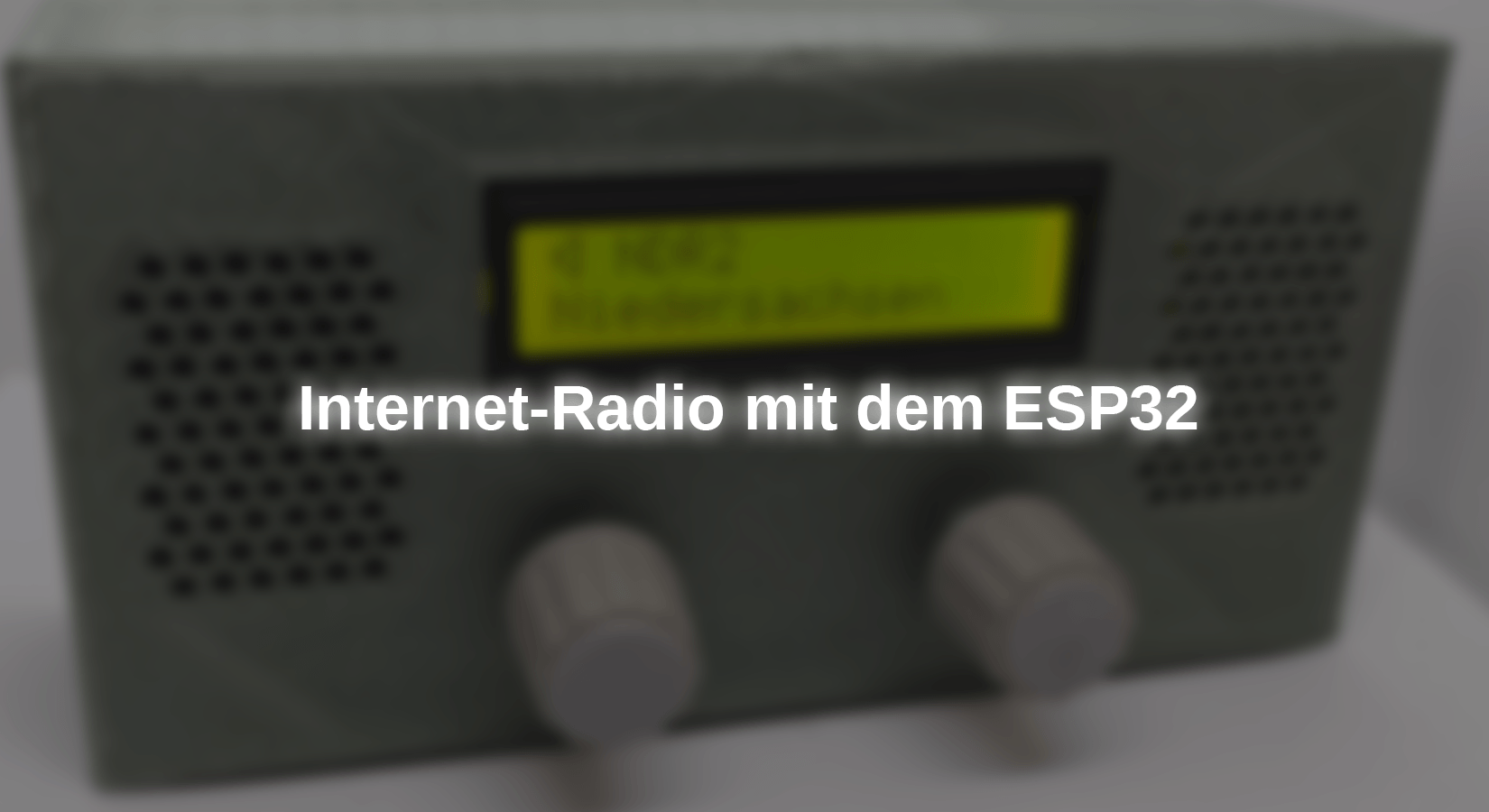




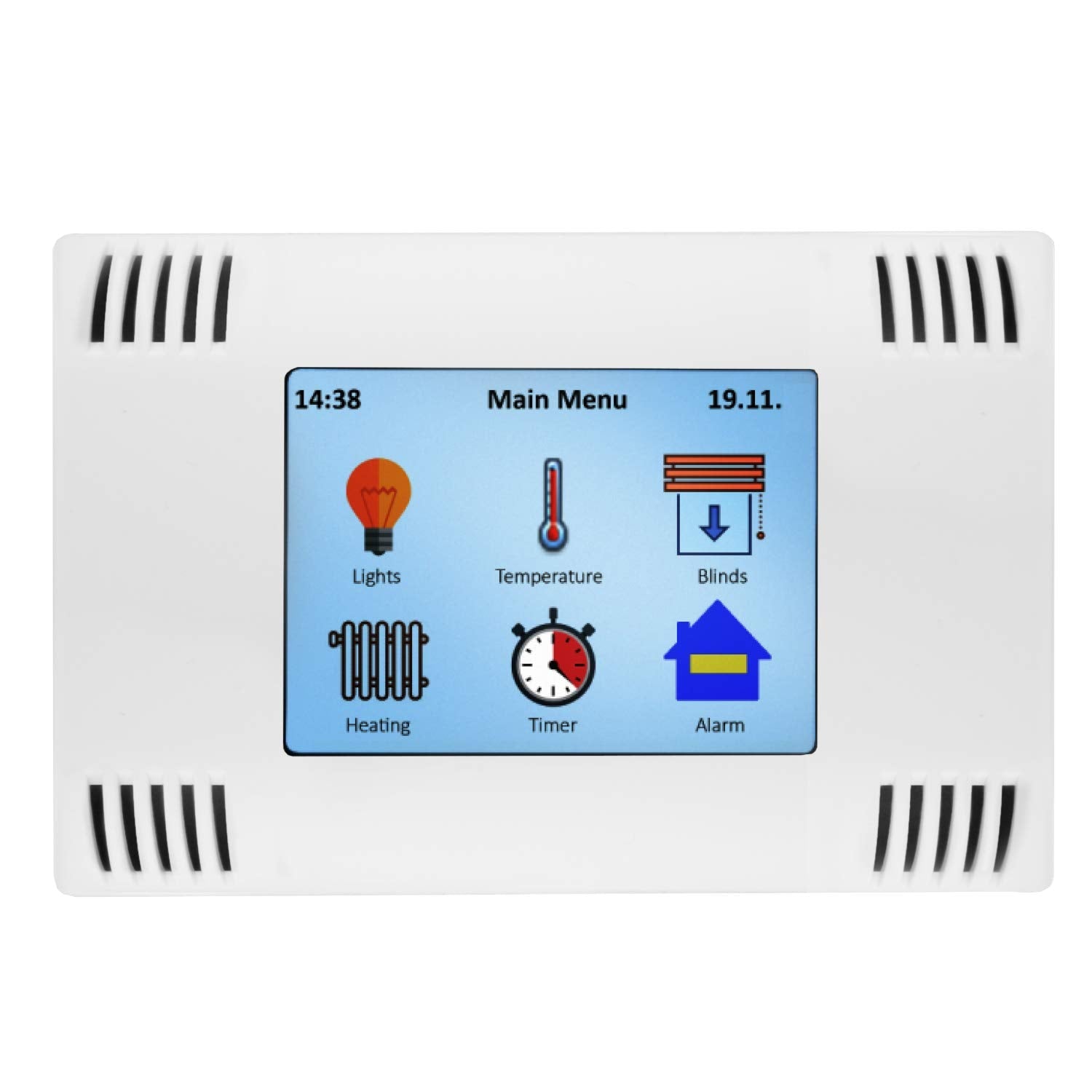
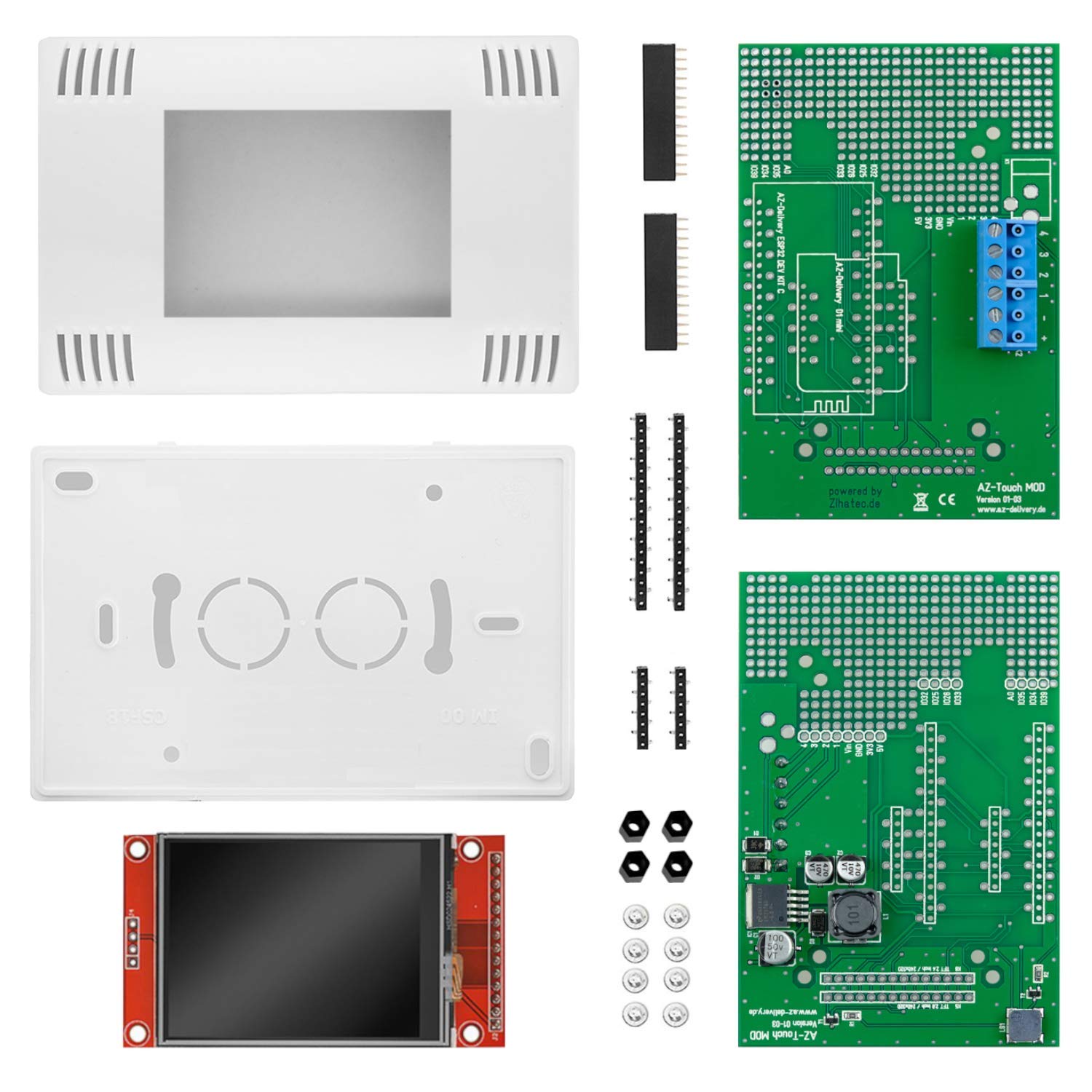
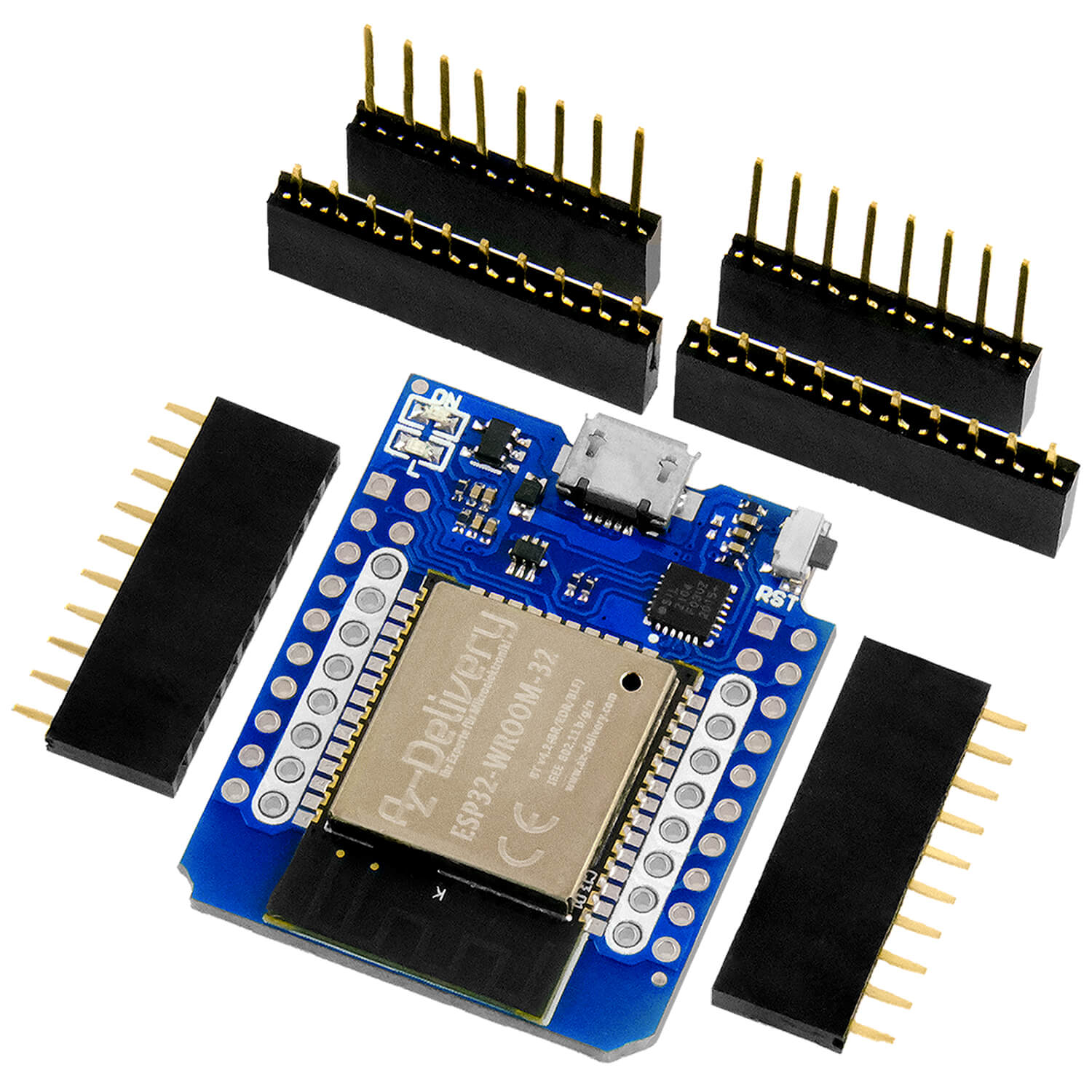
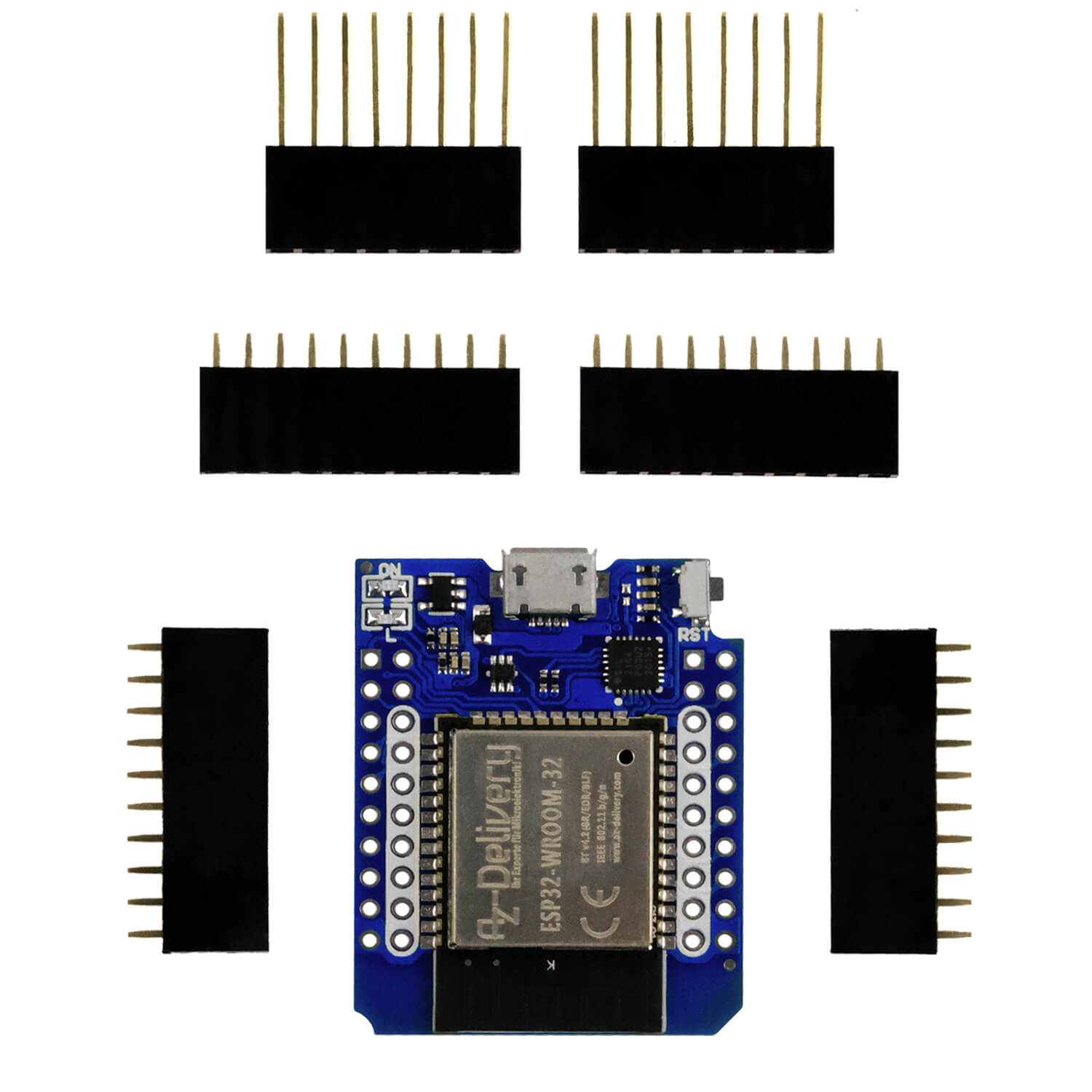


308 commenti
Gerald Lechner
Hallo Konrad, der Kondensatore kommt zwischen +5V und Masse am ESP32. Ich habe den Kondensator in der Schaltung hinzugefügt. Er ist aber nicht unbedingt notwendig.
Tom
Hallo!
DT an G23 ist wohl ein Typo – lt. Zeichnung müsste DT an G33 führen – auch lt. Code:
#define ROTARY_ENCODER_BUTTON_PIN 34
Ich hab mich auch dran schon versucht. Mangels eines ESP32 NodeMCU Borad habe ich ein Mini D1 ESP32 benutzt. Die nötigen Pins sind an dem Borad ja auch alle vorhanden.
In der Arduino IDE hab ich dazu in der Bordverwaltung auch “WEMOS D1 Mini ESP32” konfiguriert. Kompilieren und Laden auf’s Borad läuft (bis auch ein paar Warnings) tadellos durch.
Nach dem Reset steht kann ich auch erfreulicherweise diese Log-Ausgabe sehen:
Connecting to WiFi
…Connecting to WiFi
…Connecting to WiFi
…Connecting to WiFi
Connected
Active station http://dispatcher.rndfnk.com/br/br1/nbopf/aac/low
sourcebuffer created – Free mem=155840
created decoder
Decoder start…
Leider erhalte ich aber an DAC-Pins 25 bzw. 26 noch kein Audio-Signal.
Noch hab ich keine weitere Peripherie am Borad angeschlossen – weder den Drehgeber, das LCD , noch den Audio-Verstärker, da ich diese Teile noch nicht habe. Die Log-Ausgabe sieht aber so aus, als ob es schon funktionieren sollte.
Kann es an der noch fehlenden Beschaltung am DAC liegen? Mit dem Oszi kann ich an den Pins lediglich einen ca. 22us langen Rechteckpuls feststellen, der mit einer Frequenz von rund 85Hz ansteht.
Um einen Defekt des Bords möglichst auschliessen zu können, hab ich es mit einem zweiten versucht, allerdings mit identischem Ergebnis.
Gruß
Tom
T.Gelhard
Hallo
Wo bekomme ich die datei ( Preferences.h ) her?
Gerald Lechner
Hallo oldman, der Rotary-Encoder wird wie folgt angeschlossen: GND an Masse, + an 3.3V (nicht an 5V, das würde die Eingänge des ESP32 beschädigen), SW an G34 und über einen 10kOhm Widerstand auf 3.3 V, DT an G23 und CLK an G32. Für DT und CLK sind Pullup-Widerstände auf der Platine des Rotary-Encoders vorhanden.
fred
“Eine Frage: Wo in der Schaltung ist der Kondensator drin?”
Das ist im Doppeldiagramm der Lochrasterplatine erkennbar. Der Kondensator ist dort zwischen den Anschlüssen “GND” und “+5V” verbunden.
Tanterolf
Also bei mir läuft der Code nicht durch.
Da hapert es am LiquidCrystal_I2C.
Beste Grüße
Tante Rolf
oldman
Rotary encoder nur +V?
Konrad
Hallo,
Scheint ein Klasse Projekt für schlechtes Wetter zu sein. Bin schon dabei das genau mal zu prüfen.
Eine Frage: Wo in der Schaltung ist der Kondensator drin? Auf den Bildern kann ich Ihn gut erkennen, aber leider bin ich nicht Elekroniker genug, um zu wissen wie die Schaltung dafür sein muss.
Danke im Nachgang.
Konrad